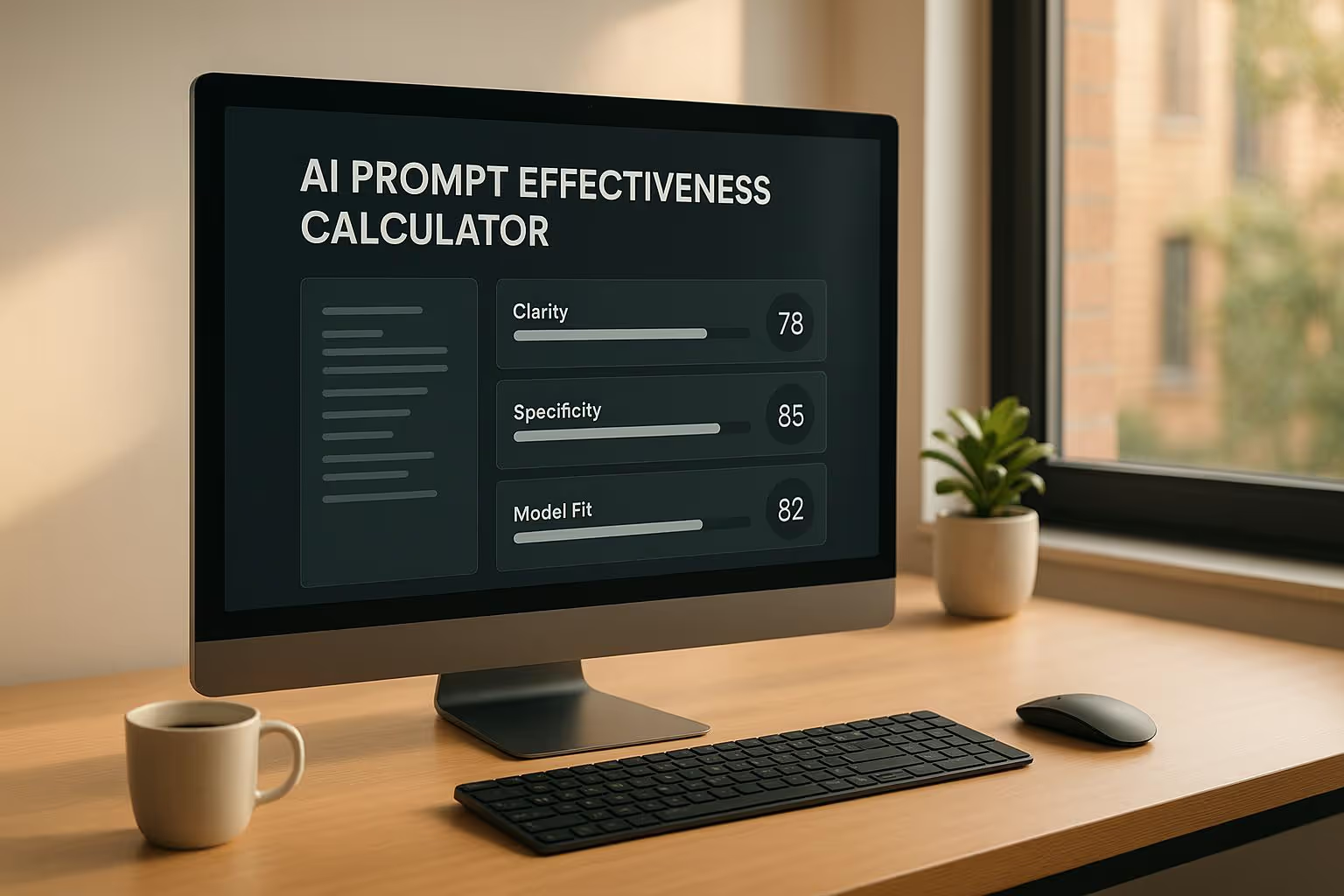
Creating prompts for AI tools can feel like a guessing game. Whether you're generating text with ChatGPT or crafting images with DALL-E, the quality of your input directly impacts the output. That’s where a tool to evaluate prompt quality comes in handy. It’s not just about typing words—it’s about structuring them for maximum impact.
AI systems thrive on clear, detailed instructions. A vague or misaligned prompt can lead to disappointing results, wasting your time and effort. By using a scoring system to assess your input, you can pinpoint weaknesses in clarity or detail before hitting 'generate.' Think of it as a quick checkpoint to ensure your ideas translate well to the AI model you’ve chosen.
Start by focusing on specific language and actionable terms. Then, match your wording to the tool’s purpose—visual cues for image generators, logical steps for code outputs. With a prompt evaluation tool, you’ll get tailored advice to refine your approach, helping you achieve better results with less trial and error. It’s a small step that can make a big difference in your creative or professional projects.
Our tool analyzes your prompt across three key areas: clarity, specificity, and model fit. Clarity checks for strong action words and structure (30% of the score). Specificity looks at how detailed your instructions are (40%). Model fit evaluates if your prompt aligns with the chosen AI tool and outcome (30%). You’ll get a total score out of 100, plus a breakdown to see where you can improve.
Absolutely! We’ve built this calculator to work with popular AI models like ChatGPT, DALL-E, and MidJourney. When you select your target model, the tool uses predefined compatibility rules to assess how well your prompt matches that system’s strengths. For example, a vague prompt might score lower for DALL-E if it lacks visual descriptors. It’s all about tailoring your input to the tech you’re using.
You’ll receive specific, actionable suggestions based on your score. If your clarity is low, we might suggest using stronger verbs or restructuring your request. For specificity issues, we could recommend adding constraints or details. The feedback isn’t generic—it’s tied directly to your input, the model, and the outcome you’re aiming for, so you know exactly what to tweak.


